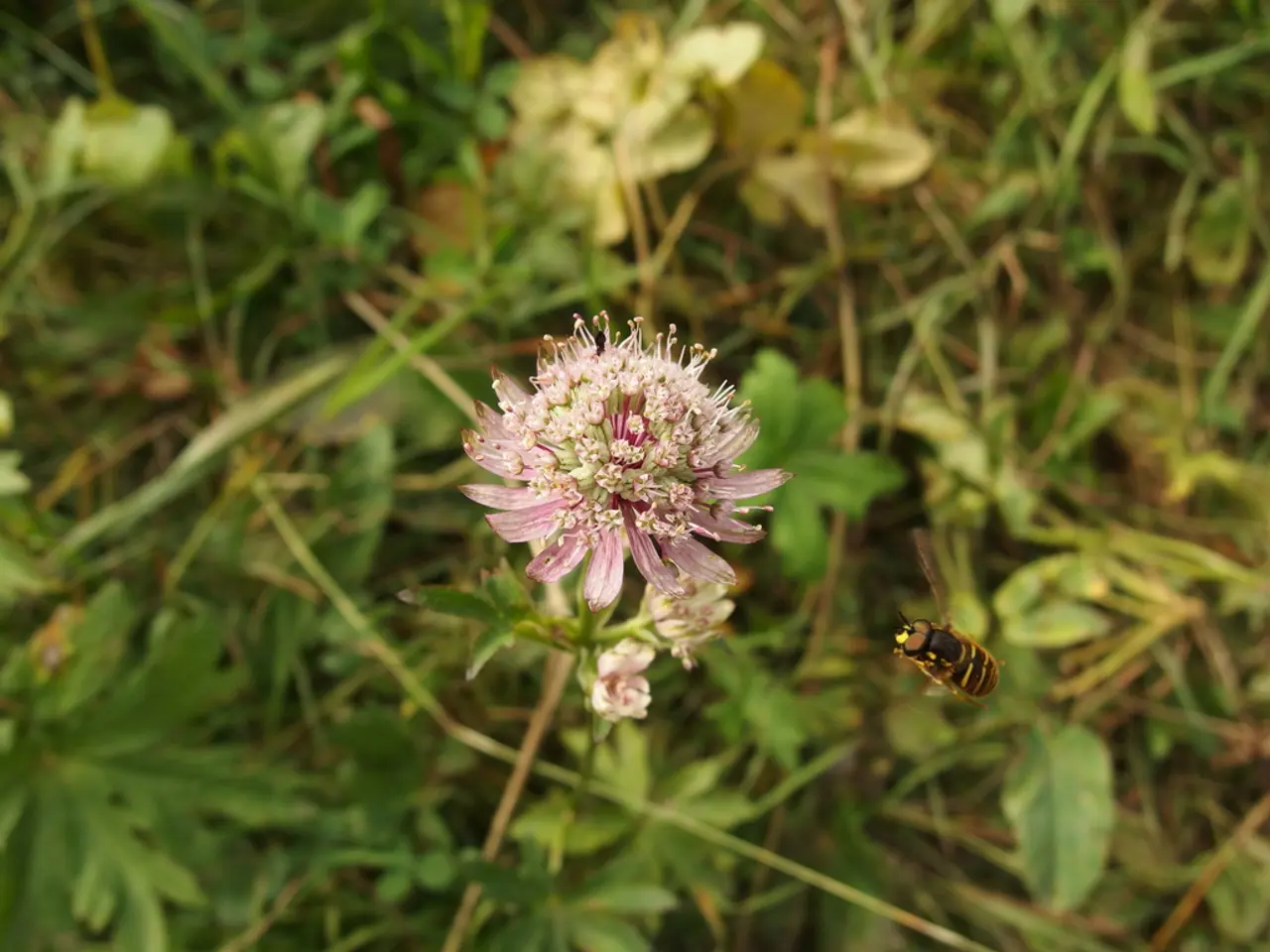Common Orchid Leaf Problems: Identify and Treat Common Leaf Issues in Orchids
Orchids, often considered high-maintenance plants, are actually easier to care for than their prima donna reputation suggests. However, these beautiful houseplants can still encounter various leaf problems, such as yellow, brown, wrinkled, droopy, curling, falling off, sunburned, and sticky leaves.
Most of these issues are linked to environmental stresses, including water, humidity, light, and pathogen or pest attacks. By understanding the common causes and solutions for these problems, you can help your orchid thrive and avoid significant damage.
**Yellow leaves** are often caused by bacterial infections due to excessive humidity leading to watery bacterial stains that later yellow the surrounding leaf areas. Treatment includes improving ventilation and hygiene, removing affected leaves, and applying natural agents like cinnamon, which has antibacterial properties.
**Brown leaves** or spots can be a symptom of sunburn or fungal/bacterial attack. Sunburn occurs when orchids receive too much direct sunlight; the leaves develop brown, crispy patches. Moving orchids to brighter but indirect light helps prevent this.
**Wrinkled and droopy leaves** commonly indicate improper watering—either overwatering or underwatering. Overwatering causes root rot leading to droopy leaves, while underwatering causes dehydration, resulting in wrinkled, dry leaves. Maintaining a careful, consistent watering schedule and ensuring proper drainage are essential.
**Curling leaves** may result from low humidity or heat stress. Orchids prefer moderate to high humidity, so increasing humidity by misting or using humidifiers can alleviate leaf curling. Heat or drought stress can also cause curling and leaf drop.
**Leaves falling off** is often a sign of stress from root problems (due to improper watering), diseases, or extreme environmental conditions. Assess root health and improve air circulation as prevention.
**Sticky leaves** usually indicate pest infestation (like aphids, scale, or mites) secreting honeydew, which causes stickiness. Treating plants with insecticidal soaps or natural remedies helps remove the pests.
**Sunburned leaves** appear scorched or dry and are caused by excessive direct sunlight. Moving orchids to locations with indirect light or filtered sunlight prevents this issue.
If viral infections appear (characterized by distinct repeating leaf spots or patterns), the best course is to remove affected leaves and isolate or dispose of severely infected plants, since no effective cure exists.
In case of white spots on orchid leaves, the most common cause is mealybugs. If the cause of orchid leaf problems is excess water due to improper potting material or root overcrowding in the current container, it is a good idea to repot the plant.
Orchids require potting material with tip-top drainage, such as Duspro Premium Orchid Potting Mix, sufficient water to keep the plant from drying out completely, lots of indirect sunlight, higher temperatures during the day and lower ones during the night, but not too hot or cold, and fertilizer. Fertilize orchids with limited applications of feed during the growing season only.
By learning about common orchid leaf problems, you can diagnose and treat them early, ensuring your orchid stays healthy and beautiful. Teo Spengler, a master gardener and docent at the San Francisco Botanical Garden, emphasizes the importance of understanding orchid care to maintain these enchanting plants.
Maintaining the 'home-and-garden' lifestyle involves caring for your orchids by understanding their needs and recognizing potential problems. For instance, 'curling leaves' might indicate low humidity, while 'brown leaves' could be a sign of sunburn or fungal/bacterial attacks. By addressing these issues promptly and ensuring a healthy 'gardening' environment, you can help your orchid thrive and flourish.




